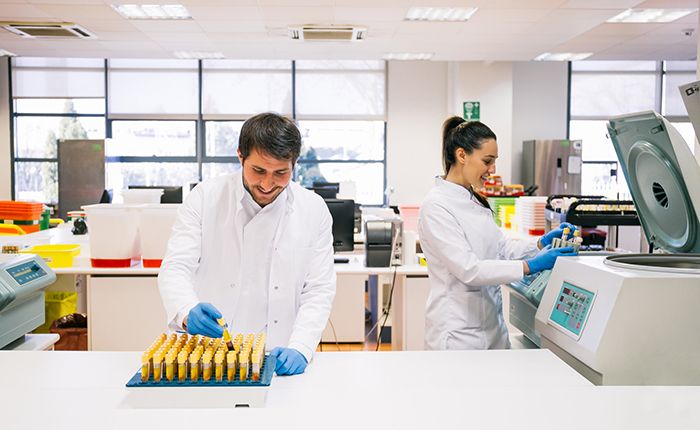July 22, 2019
The past few years have seen significant changes in the opioid epidemic. Here are five emerging trends to keep an eye on.
Opioid prescribing rates are declining.
In 2017, the opioid prescribing rate hit a 10-year low. Doctors wrote 58.7 prescriptions per 100 persons, a total of more than 191 million total opioid prescriptions. The percentage of patients prescribed opioids was lower in more densely populated counties than among less populated rural counties. All areas, however, experienced substantial decreases in opioid prescribing over time.
Sources: Opioid Prescribing Rates in Nonmetropolitan and Metropolitan Counties Among Primary Care Providers Using an Electronic Health Record System — United States, 2014–2017 and U.S. Opioid Prescribing Rate Maps
Total number of drug overdose deaths dropped.
In 2018 the total number of overall drug overdose deaths declined for the first time since 1990. The drop of about 5 percent is attributed to a reduction in deaths from prescription opioid painkillers. Fatal overdoses involving other drugs like fentanyl and methamphetamine continued to rise, however.
Even with the decline, more than 68,000 overdose deaths in 2018, still exceeded the peak number of annual deaths from car crashes, AIDS or guns.
Source: Drug Overdose Deaths Drop in U.S. for First Time Since 1990
Heroin and synthetic opioids are increasingly implicated in overdoses.
Synthetic opioid involvement in opioid-related overdose deaths involving prescription opioids, heroin and all other illicit or psychotherapeutic drugs increased significantly from 14.3 percent of opioid-related deaths in 2010 to 45.9 percent in 2016. Researchers suspect these numbers are likely under-estimates, because in 15 to 25 percent of death certificates the type of drug(s) involved in the overdose was not specified.
In 2016, synthetic opioids eclipsed prescription opioids as the most common drug involved in overdose deaths in the United States. Synthetic opioids are increasingly found in illicit drug supplies of heroin, cocaine, methamphetamine and counterfeit pills.
Source: Changes in Synthetic Opioid Involvement in Drug Overdose Deaths in the United States, 2010-2016
Prevalence of gastroschisis, a serious birth defect of the abdominal wall, has increased.
Gastroschisis causes some of the abdominal contents to extend outside the body at birth. During 2011–2015, gastroschisis prevalence was 10 percent higher than the prior four years at 4.5 per 10,000 live births. A higher prevalence of gastroschisis in areas has been seen where opioid prescriptions rates were high, supporting epidemiologic data suggesting an association between opioid use during pregnancy and gastroschisis.
Gastroschisis requires surgical repair after birth and is associated with digestive and feeding complications during infancy, which can affect development. The average cost of hospitalization and physician fees for patients with gastroschisis is $123,200.
Source: Gastroschisis Trends and Ecologic Link to Opioid Prescription Rates — United States, 2006–2015 and Gastroschisis: small hole, big cost.
Incidences of infectious diseases are growing.
The rate of methicillin-resistant Staphylococcus aureus infections among people who inject drugs more than doubled between 2011 and 2016. Viral infections like HIV and hepatitis C are transmitted between individuals through high-risk injection practices, such as sharing syringes and drug paraphernalia and using high dead-space syringes. In 2016, injection opioid use was responsible for 13 percent of new HIV diagnoses.
Contamination of the drugs, drug injection paraphernalia and the injection site with bacterial and fungal pathogens can also cause infections at the site of injection, such as cellulitis and skin abscesses, or at other sites in the body, such as infective endocarditis and osteomyelitis.
Opioid-related infectious disease is not isolated to injection drug users. Poor intestinal flow caused by opioid use may be associated with increased risk of severe Clostridium difficile infection during inpatient treatment.
Source: Opioids and Infectious Diseases: A Converging Public Health Crisis













